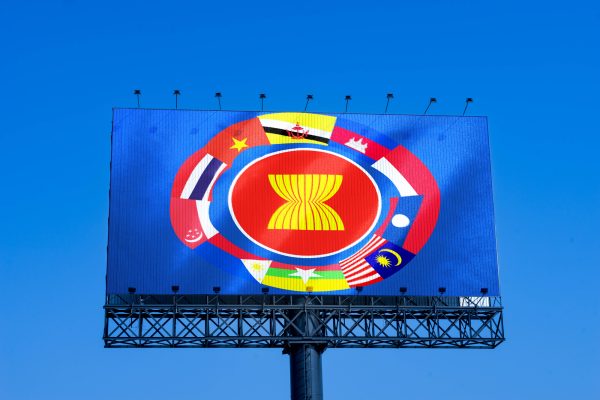Southeast Asian countries heavily prioritize economics and trade, yet U.S. government policies toward ASEAN have often targeted countering China first.
President Donald Trump’s second term has rocked the boat thus far when it comes to U.S. engagement with Southeast Asia. The April 2 “Liberation Day” reciprocal tariff announcements not only threw the world into an economic and diplomatic frenzy, but also reinforced the region’s worst fears about the United States: that it still lacks a consistent Southeast Asia policy and cares very little about the region as a whole.
While the United States’ military presence in Southeast Asia has generally been high-level and penetrating, its economic policies toward the region have historically oscillated. The binding constraint in U.S. economic engagement with the region has been a lack of U.S. government credibility that stems from several factors, including shifts within and between political parties, contrasting views on business and free trade, and growth in domestic nationalist and protectionist sentiments.
As a result, many Southeast Asian countries have started to view China as a more crucial economic partner and the U.S.
Continue Reading on The Diplomat
This preview shows approximately 15% of the article. Read the full story on the publisher's website to support quality journalism.
